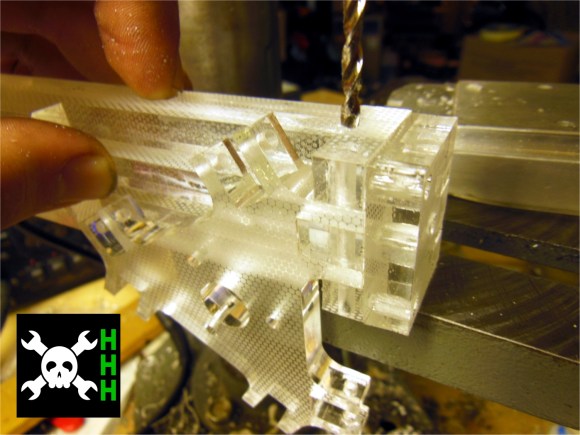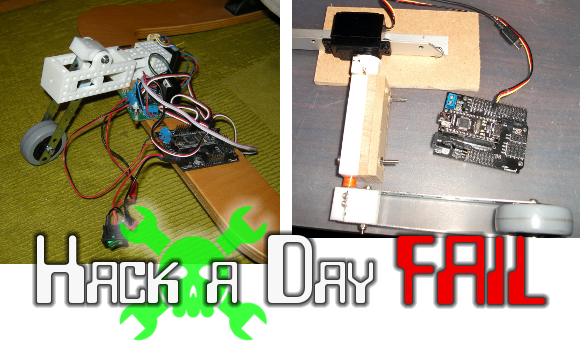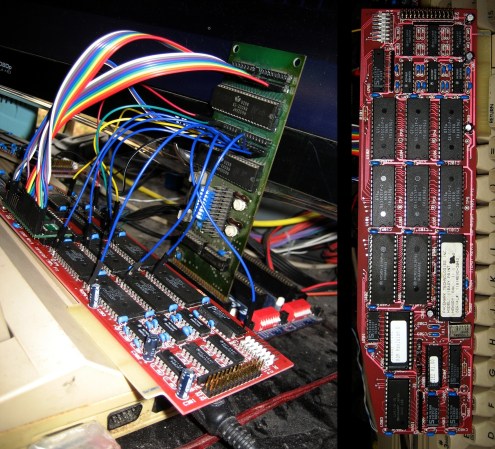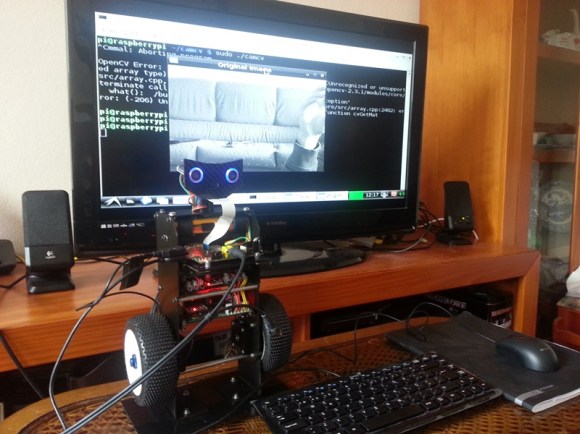
[Dan] wrote in to show off the delta-bot CNC mill which he and some buddies got up and running over the course of about two weeks. The team from Mad Fellows — a hackerspace in Prescott, Arizona — put their heads together and managed to build the thing from mostly parts-on-hand. Would you believe they’re only out-of-pocket about $100 in new materials?
After a bit of modeling work they started scavenging for parts, recovering most of the acrylic stock from dead LCD monitors. But there are many parts like the stepper motors, precision rods, bearings, belts, and pulleys that can’t or shouldn’t be salvaged in order to end up with a reasonably solid machine tool. We like [Dan’s] tip that the parts should be screwed together as gluing them would be problematic when it comes time to replace broken components.
You may be wondering about the strength of a delta-bot for milling. The purpose of the build is to make molds for investment casting. The lost-material (we don’t know if it’s wax or something else) is quite easy to machine and you can see in the clip after the jump that the mill does a great job. But they also did some tests on aluminum and apparently it’s not a problem.
The CNC version of HHH is over, so why are we posting this now? We messed up. [Dan] sent in a qualifying entry before the deadline and somehow we let it slip through the cracks. Sorry [Dan]! Better late than never — we’ll get a T-shirt in the mail right away.
Continue reading “HHH: Delta CNC Mill” →

















